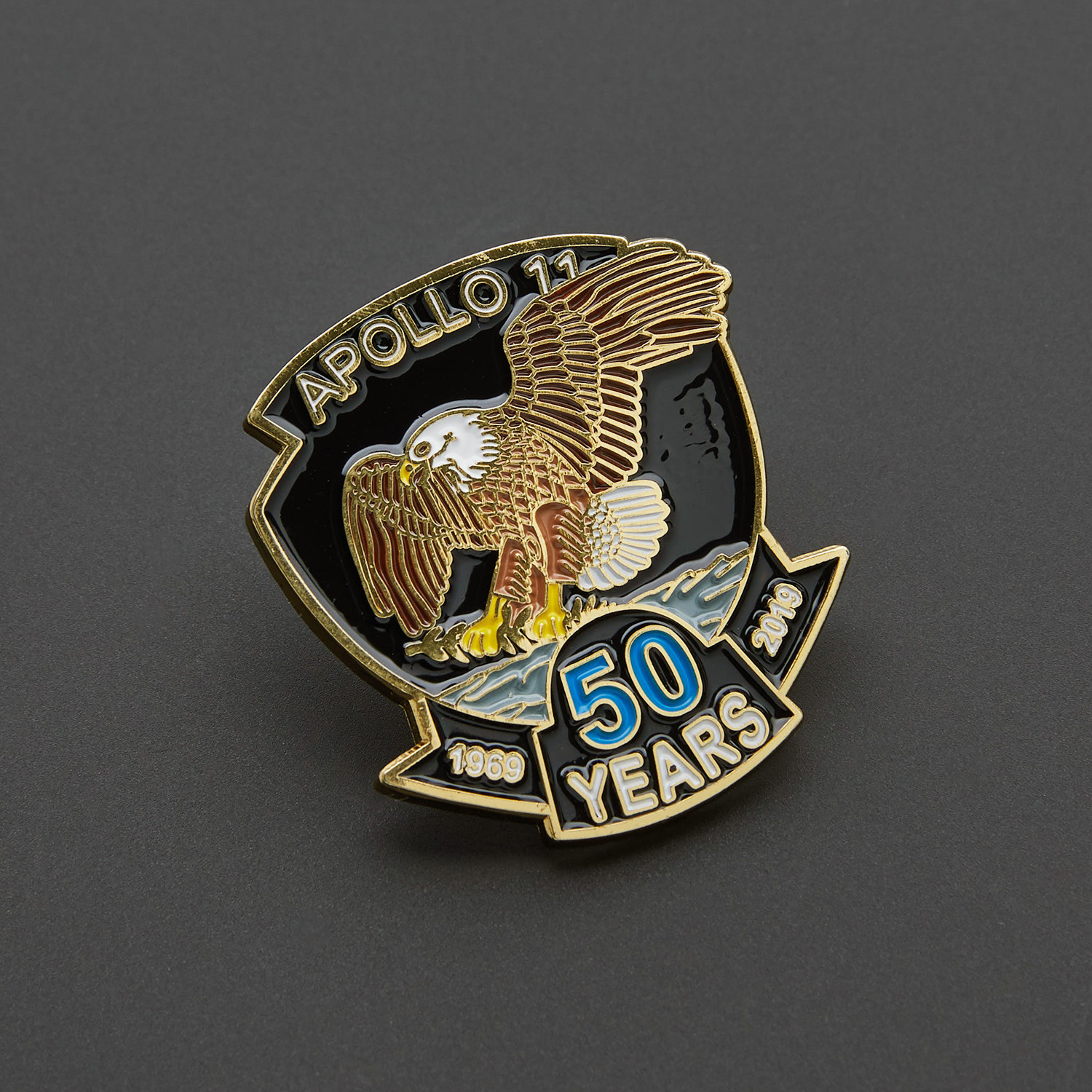This year marks the 50th anniversary of the historic Apollo 11 moon landing mission. With so many memorable moments from this mission that have stayed with us, it has left a huge impact on pop culture. The American flag standing tall on the lunar surface. The moonwalk footage. That voice we can all still hear in our heads today: “That’s one small step for man, one giant leap for mankind.” It has inspired both scientists and conspiracy theorists alike.
Although it wasn’t a perfect mission by any means. In fact, there were some serious concerns raised during the mission and some would say that astronauts Aldrin, Armstrong and Collins were moments from disaster. Four minutes into the landing sequence of the lunar module, Armstrong uttered to mission control: “program alarm”. The error code 1202 had come up on the computer display inside the lunar module. The problem was, no one seemed to immediately recognise what it signified. Floating in the vacuum of space and running low on fuel, it was discovered that the error 1202 signified a landing computer overload. There was too much information for the computer to handle and it was going to shut down and reboot. If the computer had done this, the mission would have been aborted immediately. Luckily it didn’t and at this point it was almost safer for the astronauts to attempt a landing than to abort the mission. Eventually the three heroic icons landed safely on the moon and the world watched as humanity achieved something truly mesmerising.
“Neil Armstrong wrote a letter to the family of the Earl of Rosse to thank them for their contribution to science.”
The Irish connection to Apollo 11 is never really discussed, apart from the seldom misidentification of Michael Collins. However, there were some Irish figures that really did help with the moon landing. In fact, a previous Chancellor of College, Laurence Parsons (The Fourth Earl of Rosse), seemed to play a big role in the lunar landing that took place over 60 years after his death. Parsons was an amateur astronomer and took particular interest in the moon during the second half of the 19th century. Using the great telescope that his father, William Parsons, built at Birr castle (named the Leviathan) he would often gaze at the moon and think up ways to measure its properties. Parsons decided that he wanted to measure the temperature of the moon, and he did this by inventing a machine called the lunar heat machine. This instrument looks like a thick, stubby telescope and is displayed at Birr Castle today. It uses a mirror and a thermocouple to measure temperature variations and Parsons used it to create a temperature graph of the surface of the moon. He did this by measuring lunar radiation levels using his invention.
A century later, his temperature readings were proven to be incredibly accurate during the moon landing. Neil Armstrong wrote a letter to the family of the Earl of Rosse to thank them for their contribution to science. In the letter, Armstrong declares that the temperature readings made by Parsons proved useful during the Apollo 11 mission. Additionally, a lunar crater was named Rosse in the 19th century in recognition of the family’s impact on astronomy. Armstrong himself photographed the bowl-shaped crater, Rosse, during the lunar landing.
As we celebrate the 50th anniversary of this landmark in human history, it’s important to keep pushing the field of space exploration forward. Nasa has plans to travel to Europa, Jupiter’s ocean-bearing moon, in the 2020s. Mars has man-made robots traversing its surface and Elon Musk is planning to colonise the red planet. All of these ideas are continuing the legacy of one of the greatest achievements humans have attained. We really are making more and more giant leaps for mankind.






